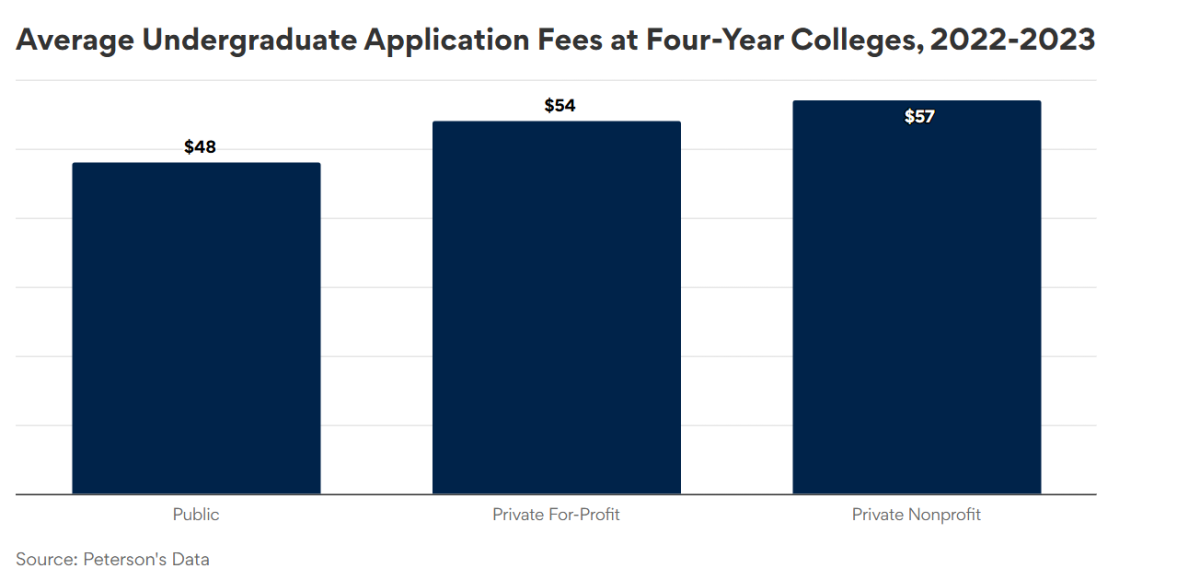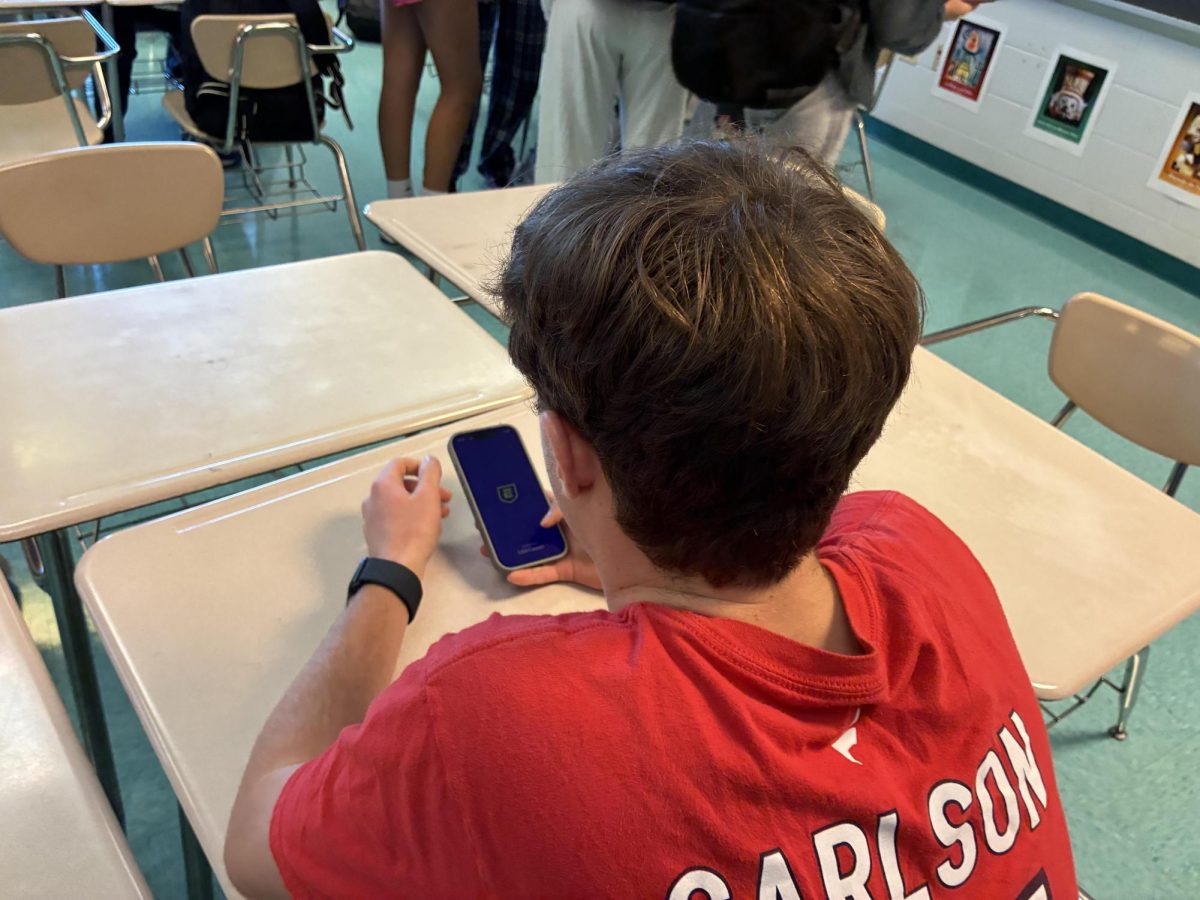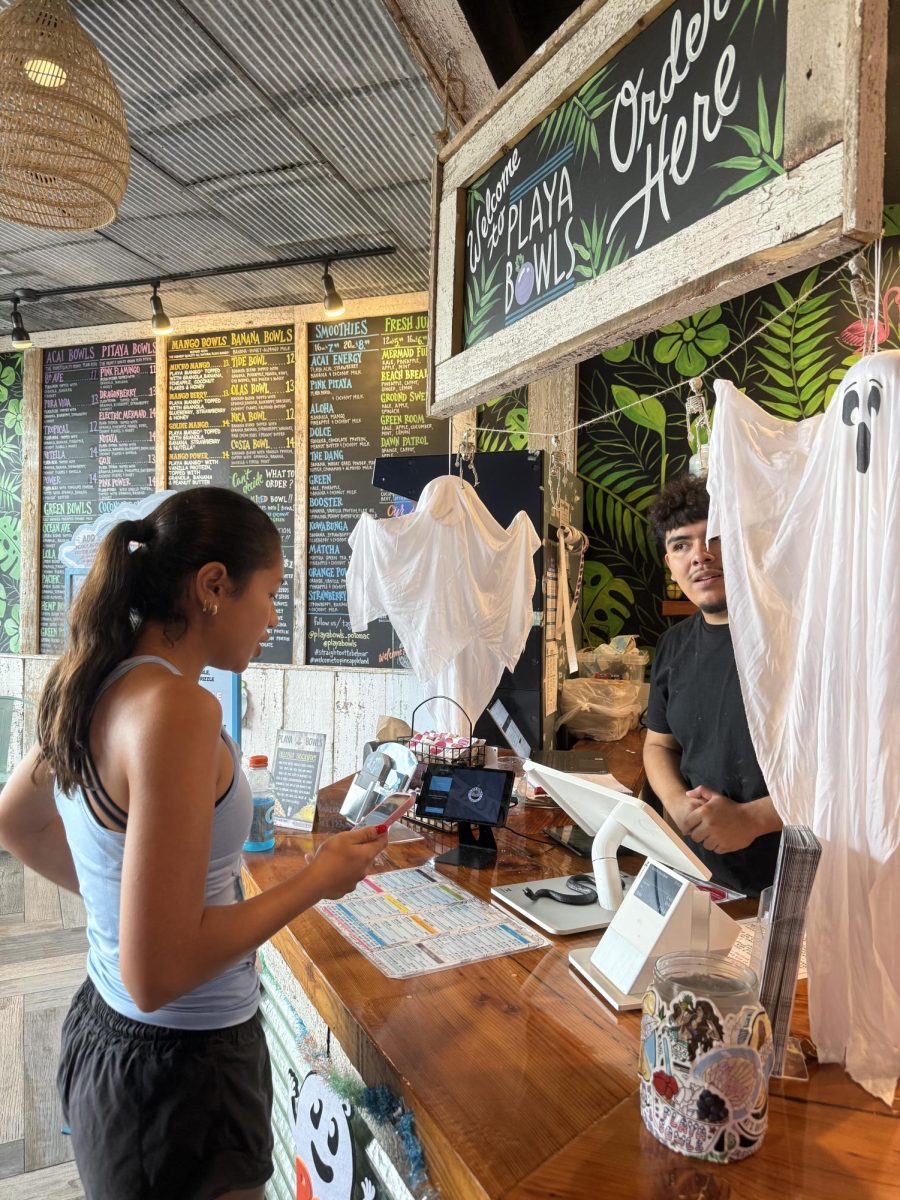Imagine running from one side of the field to the other all the while being screamed at to do it better and faster. Sweat slowly rolls down the side of your face and you struggle to keep it out of your laser focused eyes. The sun pounds mercilessly on your heavy, sweaty uniform. You feel as if you will burn up from the heat, yet you power through your aching and exhausting muscles with your last bits of energy.
You may think that the scene described above would be that of football practice, soccer or any other mainstream sport, yet it is not. In fact, it is what you might least expect. This scene actually describes a typical rehearsal for the members of the marching band. From the aching muscles to the uncomfortable uniform, those in the marching band have experienced it all.
And like other sports and clubs, marching band comes with its own set of unique benefits for its members. One such benefit is the sense of community that it creates as well as the feeling of importance with which it provides its members.
Mari C. Dagaz, an Indiana University PhD graduate, studied the impact of high school marching band on its members through interviews with band parents, directors, and students. Dagaz conducted these interviews at several high schools; two Midwestern schools, a rural school and an urban high school. “I found that students developed a close-knit, diverse community within the school. The creation of a community of difference encouraged greater tolerance and acceptance of all students and promoted friendships that bridged social class differences,” Dagaz said in her dissertation.
Freshman Mirdul Singh, a tenor saxophone player and a member of the marching band reiterates Dagaz’s argument. “It’s a pretty diverse community, and people respect others rights and people learn to interact with each other, people who don’t want to talk, well can talk. It’s a family,” Singh said.
“Family” is a common word used by members of the marching band to describe the community. The word is likely used to describe marching band because of the warm, friendly environment that its creates. “There’s a lot of friends there so it’s very warm, loving,” Matthew Sinamin, another marching band member said.
Although other clubs and sports organizations also create a certain sense of community, the type of community that is created by the marching band is arguably far more diverse, as you get students from various backgrounds, environments, social circles and grades from across the school.
Another unique aspect of the marching band community is the fact that everyone within the group is vital to the entire band’s success because its performance is judged based on everyone’s performance. As a result, each individual must be involved in the group in order to succeed, which in turn provides members with a sense of importance and belonging. “Everybody depends on each other,” said Samuel Lee-Xie, a clarinet player for both the symphonic band and marching band.
Michael Kobayashi
Staff Writer








![Editors-in-Chief Ahmed Ibrahim, Helen Manolis, Cameron Cowen, Alex Grainger, Emory Scofield, Hayley Gottesman, Rebekah Buchman and Marley Hoffman create the first print magazine of the year during the October press days. “Only a quarter of the schools in MCPS have programs that are like ours, a thriving, robust program. That makes me really sad. This is not just good for [the student journalists] to be doing this, it’s good for the entire community. What [student journalists] provide to the community is a faith in journalism and that continues for their lifetimes," Starr said.](https://woottoncommonsense.com/wp-content/uploads/2025/10/wmpoFTZkCPiVA3YXA4tnGoSsZ4KmnKYBIfr18p3l-900x1200.jpg)